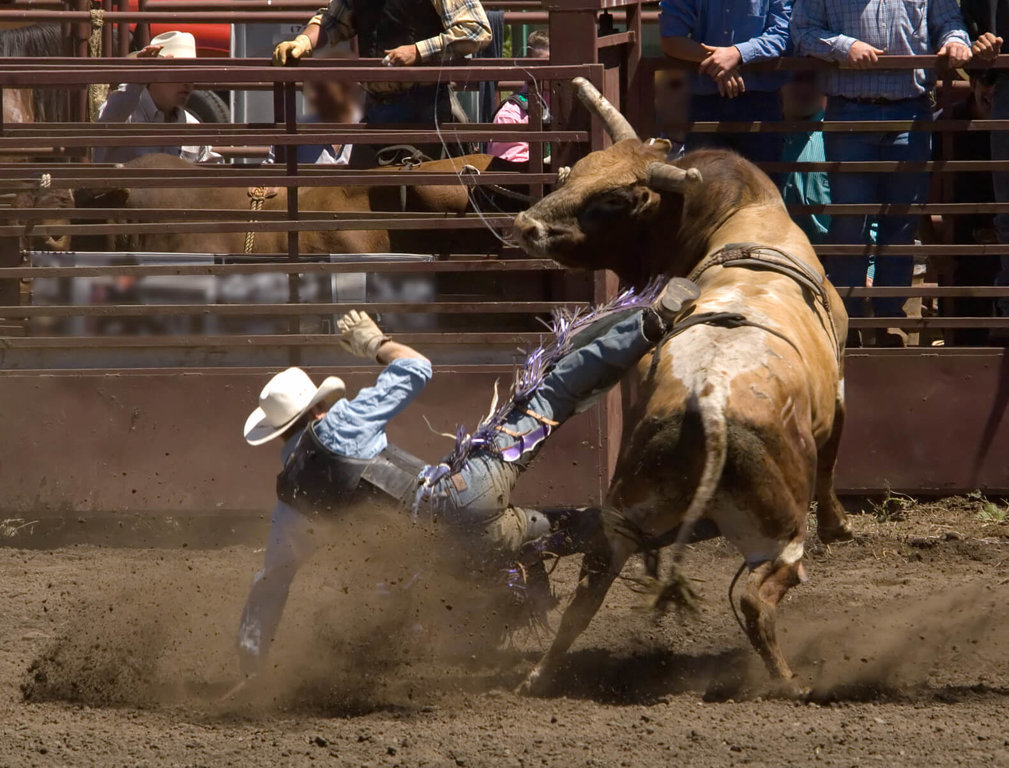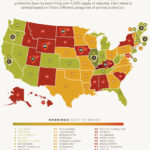Calf roping, a traditional event central to rodeo sports, has long been the subject of heated debate among animal rights advocates, enthusiasts of the sport, and the general public. This multifaceted discussion necessitates a careful examination of what calf roping entails and its implications for animal welfare. As we dive deep, one might ponder: Is this event a display of skill and tradition, or does it teeter on the edge of animal cruelty?
Calf roping, also known as tie-down roping, involves a cowboy or cowgirl chasing a calf, lassoing it, and subsequently immobilizing it by tying its legs. This swift sequence of events unfolds within a matter of seconds, and the athletes involved pride themselves on their speed, precision, and finesse. Proponents of the sport argue that it is a test of skill, where both riders and animals play vital roles in a celebrated tradition. However, others contend that the inherent nature of the event raises significant ethical concerns.
To comprehensively address whether calf roping constitutes animal cruelty, it is essential to clarify what constitutes cruelty and the factors involved in the event itself. Animal cruelty can be defined as causing unnecessary suffering, pain, or distress to an animal. In the context of calf roping, the calves are subjected to rapid acceleration, sudden halts, and immobilization — sequences that can result in physical trauma, stress, and psychological distress.
Those who support calf roping often point to the stringent regulations imposed by rodeo organizations. These regulations are intended to minimize harm to the animals involved. For instance, provisions may include mandatory veterinary checks and guidelines limiting the age and weight of the calves used in competitions. Furthermore, many believe that the calves participate in these events only for short bursts, suggesting that their overall well-being is preserved.
Nevertheless, these assertions can be critiqued. The ethical ramifications of constraining an animal for the sake of human entertainment cannot be overlooked. Opponents highlight that even with regulations in place, the environment of a rodeo often leads to heightened stress levels for the animals. The loud noises, fast-paced action, and unfamiliar surroundings can elicit fear responses in these creatures. Such disturbances could arguably contribute to long-term psychological implications that are often brushed aside in favor of tradition.
Intriguingly, this subject is further complicated by cultural perspectives. Rodeo is woven into the fabric of certain communities, celebrated as both sport and art form. For many, participating in calf roping is a rite of passage, steeped in historical significance. Yet, acknowledging this cultural reverence does not negate the moral responsibility to ensure the welfare of the animals involved. If tradition exists at the expense of another being’s comfort and safety, where should the line be drawn?
Another facet to consider is the physical repercussions for the calves. Veterinary experts have documented incidents involving injuries such as fractures, bruises, and abrasions resulting from the stressors of competition. The reality is that, in the race against the clock, a calf can easily become an unintended casualty of the competitive nature of the event. These risks beg the question: How acceptable is it to expose animals to this level of potential harm for the sake of human enjoyment?
In addressing the potential challenges posed by calf roping, one must not only scrutinize the direct implications of the event but also explore viable alternatives that could equally honor tradition while prioritizing animal welfare. Various rodeo organizations have begun to implement changes, such as introducing breakaway roping for calves, which entails the rope breaking away once the calf has been lassoed, thereby eliminating the need for the calf to be tied. Advocates argue that innovations like these could serve to reduce the associated trauma while still celebrating the skills of the participants.
The dialogue surrounding calf roping transcends simple condemnation or endorsement. It challenges participants, advocates, and spectators alike to engage in profound reflection about our relationship with animals, our traditions, and the ethical implications of our choices. In the arena of public opinion, is there room for both tradition and compassion? An open and honest discussion may lead us toward a future where rodeos continue to evoke community spirit without compromising the welfare of the animals who are essential to their narrative.
Ultimately, the question remains: Is calf roping considered animal cruelty? While the answer may vary depending on one’s perspective, it is critical to foster dialogue that promotes understanding and empathy. As stewards of the animals we share our world with, we hold a duty to scrutinize our pastimes and practices critically, ensuring that they align with the principles of kindness and respect for all living beings.





